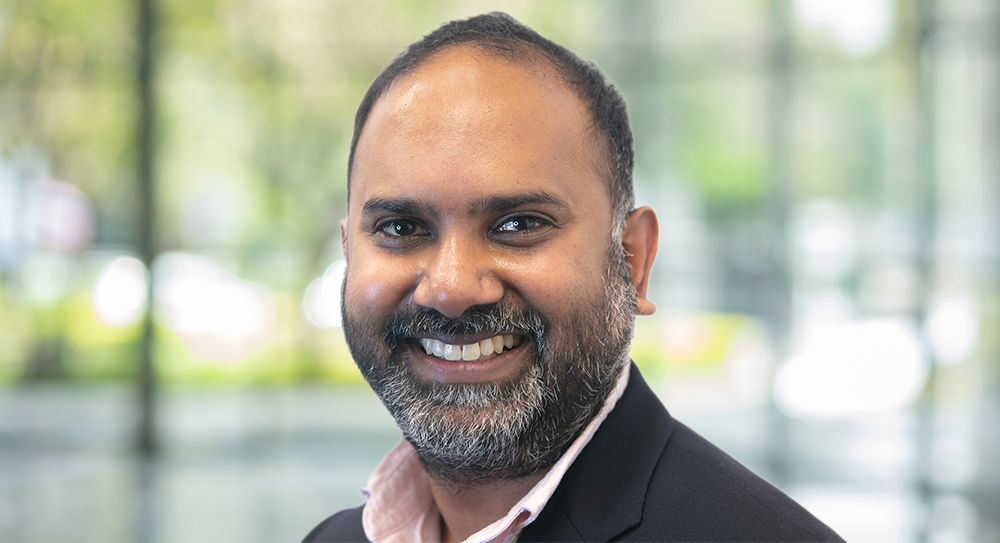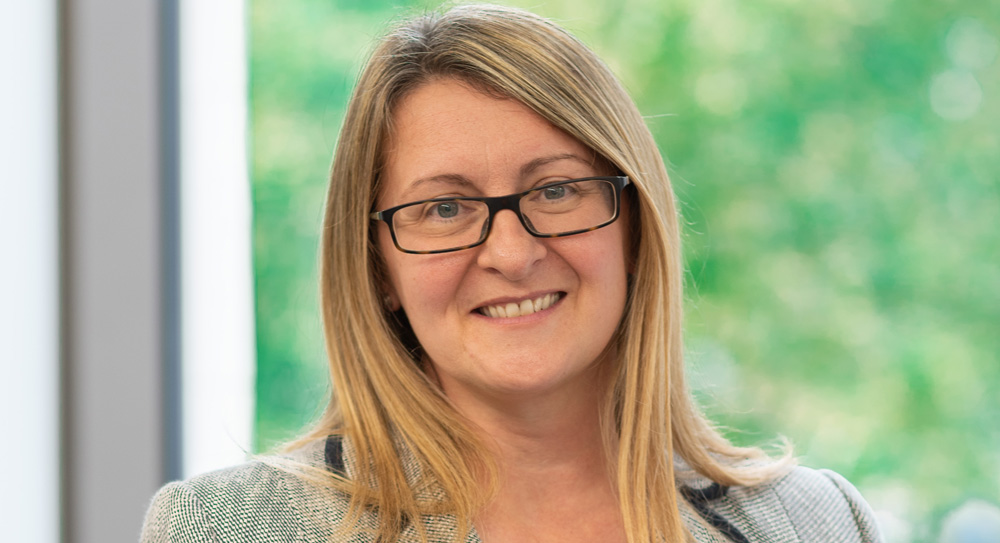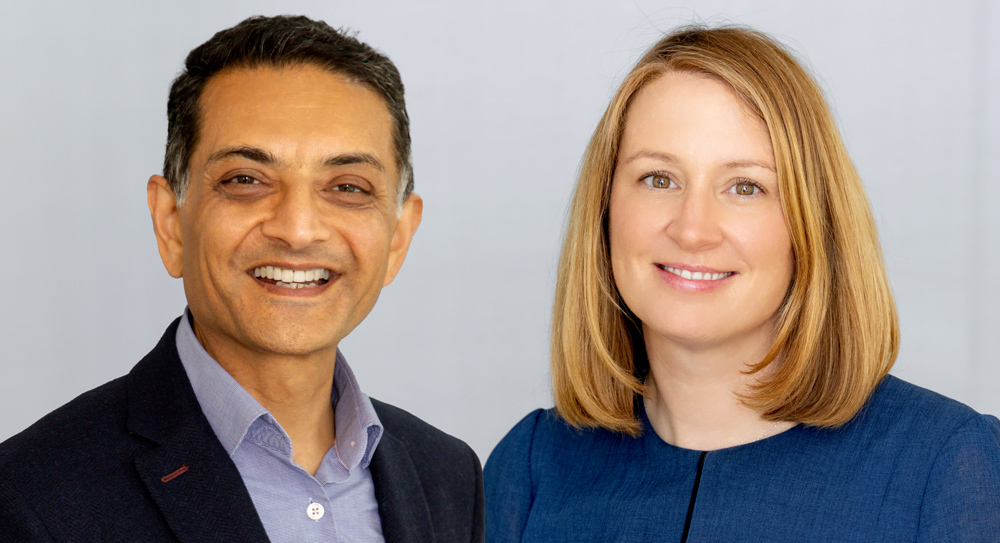Steadying the ship
With the business, investment and macroeconomic landscapes facing fresh waves of uncertainty, can private equity firms restore a sense of balance by bolstering their operations?
Perhaps the greatest Warren...
Categories: AnalysisESGESG updateFundraising & fund structuringFund docsODD / DDQHuman CapitalHR / talent managementOutsourcingFund administrationIT & cyber securityLegal & compliance advisoryRegs & ComplianceRegulatory updateReporting & Transparency AGMTemplatesTechnologyCyber securityReporting software






